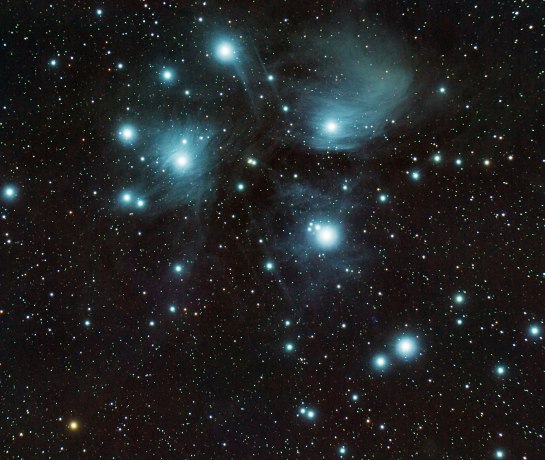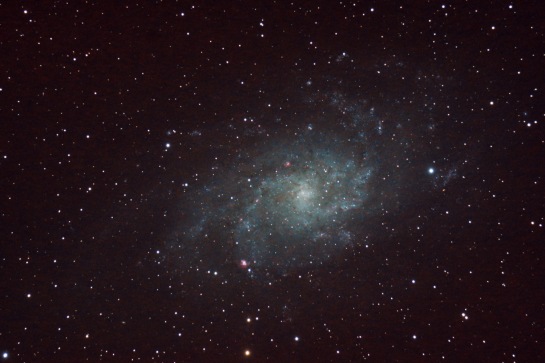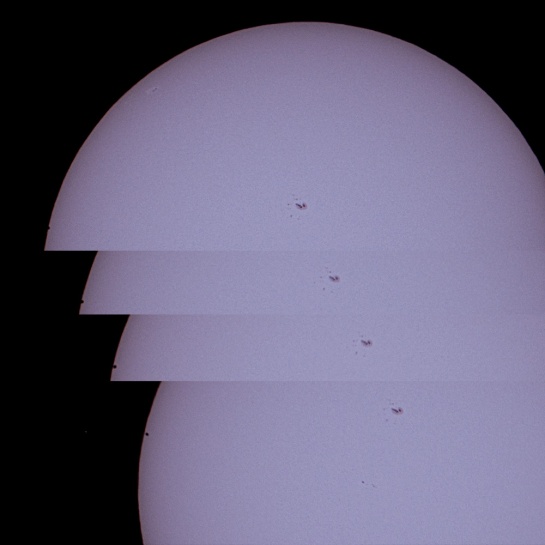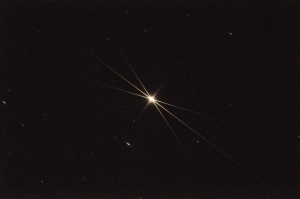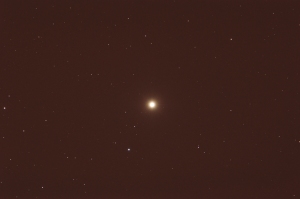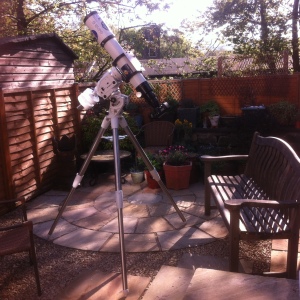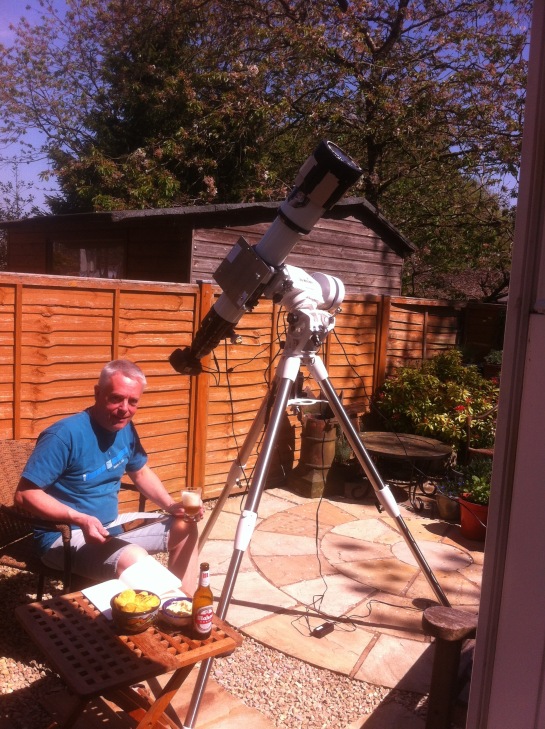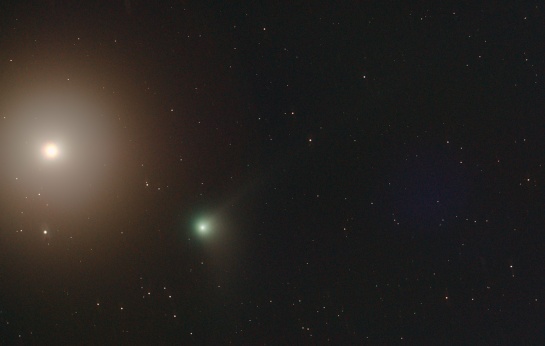It’s hard to believe that a whole year has passed since my last really satisfying session of Astrophotography. Cumbria, in the north west of the England, only seems to get one or two evenings per month of clear sky with no Moon, and I have given up several of these to organising stargazing with the Eddington Astronomical Society.
This month I let everyone know that Observing Evening would take second place to Astrophotography, and I had it in mind to try and devote an entire session to this galaxy NGC7331 and surrounding objects including “Stephan’s Quintet” – a compact group of galaxies some 300 million light years away. The Astronomy Gods must have been smiling on me because we got two clear evenings last weekend. Full darkness at 6pm and no Moon for four or five hours, meant that I could run the system until all three camera batteries had drained. Setting up at dusk is a bonus: Polaris is clearly visible at 5pm and the usual alignment stars of Vega, Deneb and Capella are ready and waiting.
Iterative polar alignment using star alignment feedback on the AZ-EQ6 mount gave me polar alignment error of about one arc minute, easily good enough for 10-minute guided subframes. Guiding was courtesy of PHD2, using default settings for the QHY5L-II through an Altair 60mm finderscope. Dithering was done manually, which was no bother for ten-minute subframes.
Nothing ever runs quite to plan in Astrophotography, so only eight clear frames came from the first night with NGC7331 just past the meridian at the start of imaging. Eleven more frames at the second session made a total of 3 hours 10 minutes. Two sets of flat frames were gathered for calibration, together with my library set of bias and 10-minute darks at ISO 400.
Processing was entirely with Pixinsight.

NGC7331 and Stephan’s Quintet
Nikon D90, Altair Wave 115/805, Skywatcher AZ-EQ6
11 x 588 sec, ISO 400
The final image is a crop of 2,600 x 1,950 pixels from the original 4,310 x 2,868, giving a 1.02° x 0.76° field of view. The Moon, to the same scale, would occupy half the length and two-thirds of the width of this photo.
Quite aside from the adventure of taking the photo, there is plenty of fascinating material in this image for a short talk on astronomy. The core of NGC7331 itself appears to rotate counter to its spiral arms, and observations of the interactions between the galaxies in Stephan’s Quintet have been used to question the viability of redshift as a gauge of galactic distance.
